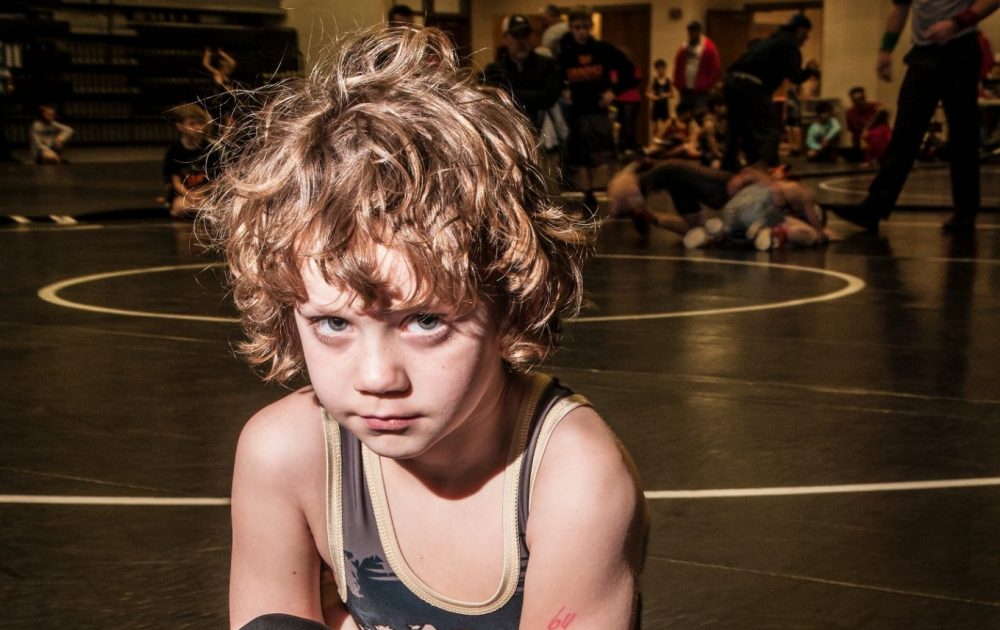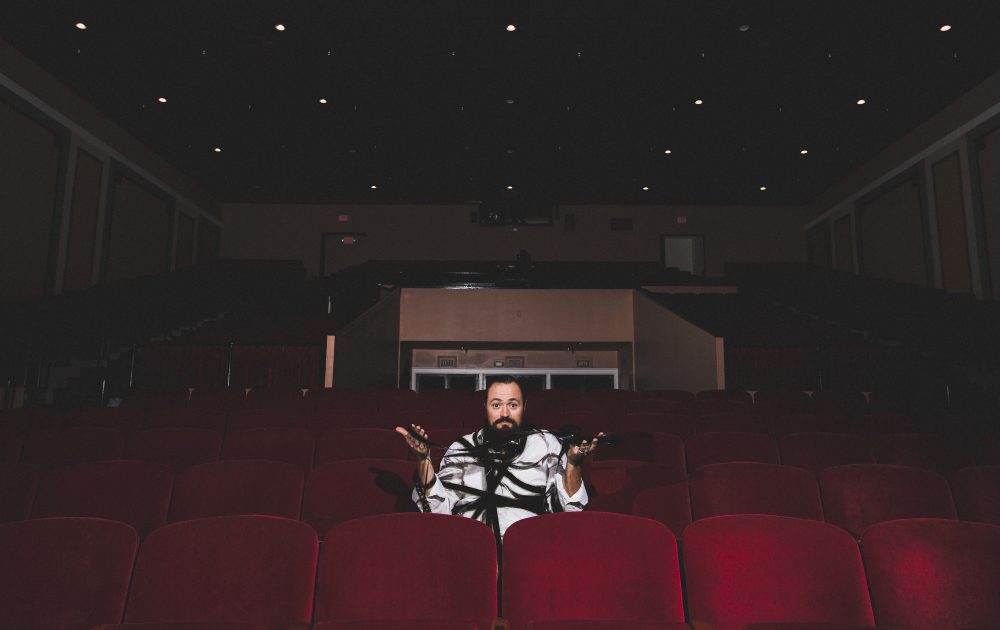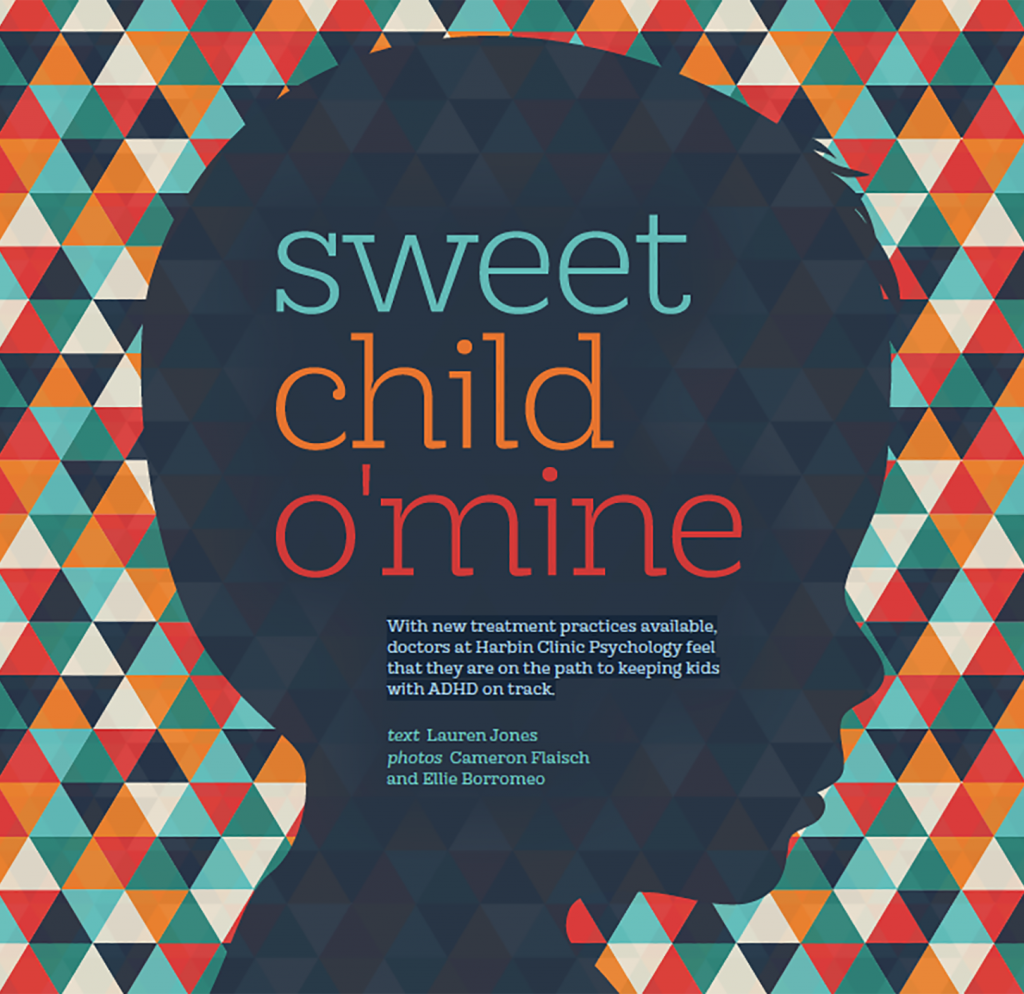
Every weekday, at about 2:30 p.m., you brace yourself for the same ordeal. Anxiety grips you. When your child walks in the door from school with a few lessons to complete for homework, cliché phrases like “it takes an act of Congress” or “it’s like pulling teeth” don’t even come close to explaining how you may feel.
Getting your child to sit still for just five minutes and start their first math problem feels like nothing short of war. And in many ways, it is a war, a war on Attention Deficit Hyperactivity Disorder (ADHD).
For parents of children with ADHD, everyday activities can usher in feelings of helplessness, and not just because your child runs wild or can’t focus. It’s a heavy feeling knowing your child has every ability to excel academically and socially, if only he or she could calm down and pay attention. On the flipside, children who suffer from the disorder often feel trapped, frustrated and like they are always getting into trouble.
But the journey to managing ADHD usually starts with a parent’s gut feeling, a note in a school folder, some concerned calls from a teacher and a parent-teacher conference or two.
“We have to give serious accolades to his second grade teacher,” says Sandy* of her son, Jon*. “She told us he was a smart boy, but he wouldn’t stay focused throughout the course of the day while he was doing his classwork.”
Sandy and her husband were referred via their pediatrician to Harbin Clinic Psychology. It’s within these walls that hundreds of parents and children like Sandy and Jon focus in on the disorder that affects 11 percent of children in the U.S.
Breaking it down
Dr. Frank Harbin, who has practiced at Harbin Clinic for 26 years, said his young patients are brought in usually because ADHD symptoms have greatly affected at least two major areas of their lives. Dr. Candice Claiborne, another Harbin psychologist, explained some of the warning signs of ADHD.
“Whether in the home or in school, parents are having concerns about their child not being focused, not paying attention or listening.” Claiborne explains. “They’re getting up out of their seats, showing hyperactive behavior and making a lot of mistakes when it comes to their school-work. They’re having trouble completing their assignments or even starting their assignments.”
Harbin says ADHD is mostly genetic. A child of a parent with ADHD is 50 percent more likely to have ADHD as well. However, ADHD can also be developed if a brain injury or head trauma is sustained.
Symptoms of ADHD include impulsive, hyperactive, aggressive or attention-seeking behavior. Inattentiveness, disorganization, being easily sidetracked, throwing tantrums or having difficulty communicating are symptoms as well. Children who have these symptoms must have them for longer than six months, said Harbin, in order for it to be considered ADHD.
When diagnosing ADHD, both parents and teachers must fill out a checklist before more extensive testing is performed by psychologists.
Dr. Claiborne notes that other stressors such as the birth of a new sibling, a divorce between parents or any other major lifestyle change like moving or changing schools may trigger ADHD-like symptoms. The psychologists at Harbin Clinic work on finding the root issues before treatment.
“Is it anxiety? That’s something we are always considering,” Claiborne says. “We look for an overlap of other symptoms. It may even be depression, too, in kids who are showing irritability or any type of aggression.”
Claiborne added that emotional issues and aggression associated with ADHD are among the issues she addresses in therapy with kids. Many kids become angry and aggressive because they feel as though they are constantly getting into trouble and they can’t comprehend why.
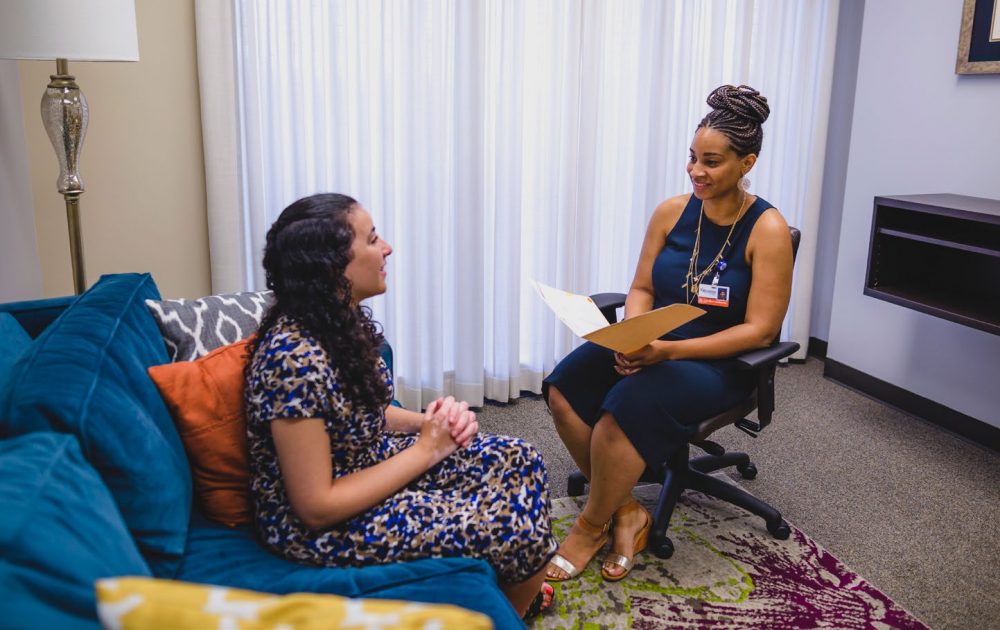
“Especially if the child is on medication, what we work on is that emotional control and impulsivity,” she says. “Helping them to stop, think and then act. Coming up with a better problem-solving approach can be really hard on them because despite their best ability; they’re just not meeting everyone else’s expectations. The goal is to help them communicate their needs to others and solicit feedback in a positive way that will be helpful to them.”
Alternative Lifestyles
After her son *Max grew out of his terrible twos and threes – and fours and fives – and was still acting excessively rambunctious, *Norma knew something was going on with her son beneath the surface.
“I was a Pop-Tart mom,” Norma says. “If he would act wild, I would give him a Pop-Tart and tell him to go watch cartoons. I didn’t realize the food I was giving him was what was contributing to his behavior.”
Norma was not comfortable with the thought of putting her son on medication. She discussed this with Dr. Harbin and began her own journey, researching alternative ways to help her son.
While she says she wasn’t completely against the medication, she ended up finding a better alternative. Norma stumbled upon a book that changed the lives of her family: “Healing the New Childhood Epidemics: Autism, ADHD, Asthma and Allergies” by Kenneth Brock, M.D. and Cameron Stauth. The book guided her toward alternative routes to handling ADHD, which included completely changing her son’s diet.
After cutting down on carbohydrates, cutting out wheat and gluten completely, and limiting sugar, her son’s behavior changed and his symptoms all but disappeared.
“Every meal he had was either organic or prepared by me,” she says. “I immediately saw a major difference. It was a huge sacrifice, but I felt compelled to go this route. Afterwards, people would come up to me and tell me I had the most well-behaved, gentlemanly son. I literally cried. No one had ever said that to me before.”
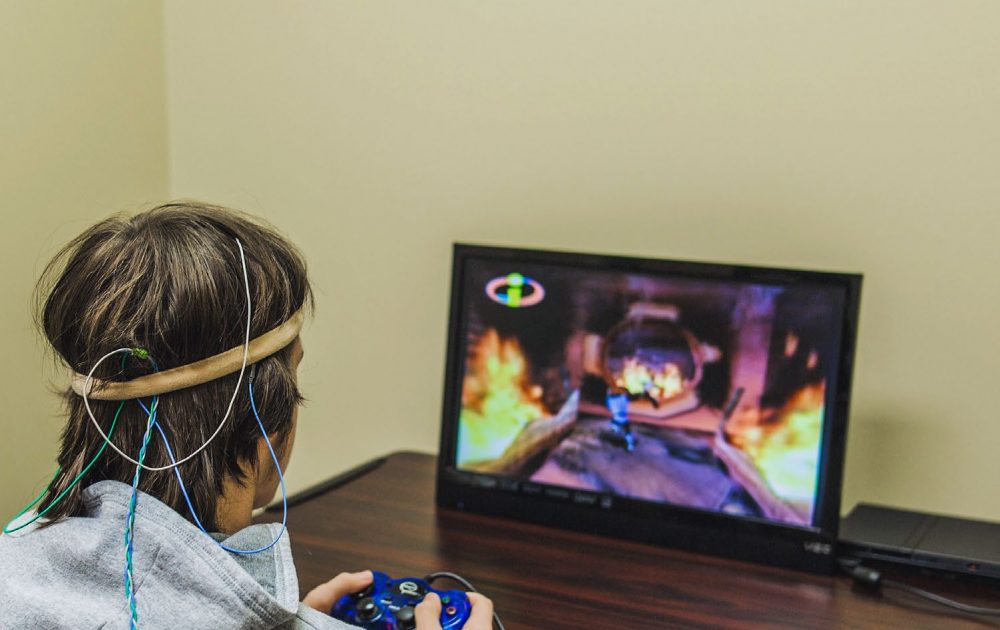
However, there were some problems with his attention span. Though Max was infinitely better-behaved, Norma says she would hit a brick wall with her alternative methods when it came to getting her son to focus.
That’s where the Harbin Clinic Neurofeedback Training came in.
Medicine and Neurofeedback Training
Neurofeedback Training or EEG Biofeedback is an alternative, non-pharmaceutical treatment for ADHD. It can be administered to children on medication or for those who aren’t taking medication, and basically reconditions and trains the brain to pay attention.
It works by having a technician place sensors on the surface of the child’s head to monitor brain waves on a computer. The sensor wires are run through an amplifier and a video game control. The child plays video games that are controlled by their brain waves. So, if the child is playing a racing game and is paying attention, the car goes fast and stays on track.
When the child’s attention wanders, the car slows and veers off the road and may crash. Not only that, but the video game control the child is holding, beeps and vibrates. So, the child, whose attention has bounced around to other things, receives a nudge back to reality.
Neurofeedback Training is 40 minutes a session, twice a week for 40 sessions, and costs $2,800 – but the results speak for themselves. Harbin Clinic Psychology also offers a 25 percent discount for those paying in full before the treatment, saving $700 for a total of $2100. They also offer other payment options for those that can’t afford that much up front.
“It’s a considerably bigger investment in time, energy and money to do this,” says Harbin. “It takes three or four months, but we’re getting 80 percent (of patients) who are either on lower doses of medication or off medication completely. When it works, for most people, it’s long term. You don’t need a booster session two years later.”
Getting things under control
“I felt wild, out of control and unfocused,” recalls Max of the days before his mom changed his diet, and he began Neurofeedback Training. “And when I say out of control, I mean I literally could not control myself.”
Max says the change in his diet as well as the EEG Biofeedback were the first stepping stones to helping him focus.
“I would not be where I am today without that. It’s done a lot,” he says. “I used to not be able to sit. I used to not be able to read. Now, I can sit down and focus for hours.”
Norma’s younger son, Sam*, was also diagnosed with ADHD, but rather than being hyperactive, his disorder was more of an attention and focus issue. Sam is currently in the Neuro-feedback Training program at Harbin, and says it’s been helping him a lot, especially with his math lessons.
“I have to concentrate to pass the games. That can be hard, but the games are fun,” says Sam. “They’re challenging. There are easy parts, and there are hard parts. I prefer the more challenging ones, because they’ll help me better.”
Sandy, whose son Jon is also in Neurofeedback Training, says she didn’t put him on medication, because she and her husband felt it would be like putting a band aid over the real problem. Her son’s
improvement at school, she says, is a testament to the effectiveness of Neurofeedback Training. “Since he’s been (in the program), his report card’s amazing. It’s his ability to focus now. You can tell at home, too. Now, when it’s homework time, he’ll sit down, go to it, complete it and he’s done.”
Whether it’s the amazement of being able to pay attention to a project for hours, receiving a report card with all good marks or finally being in control of their emotions, these groundbreaking ADHD treatments help kids stay focused on the future.
To schedule an appointment or for more information, call 706-295-2028 or find Harbin Clinic Psychology on the web at harbinclinic.com.
*Names have been changed to protect patients and families.

